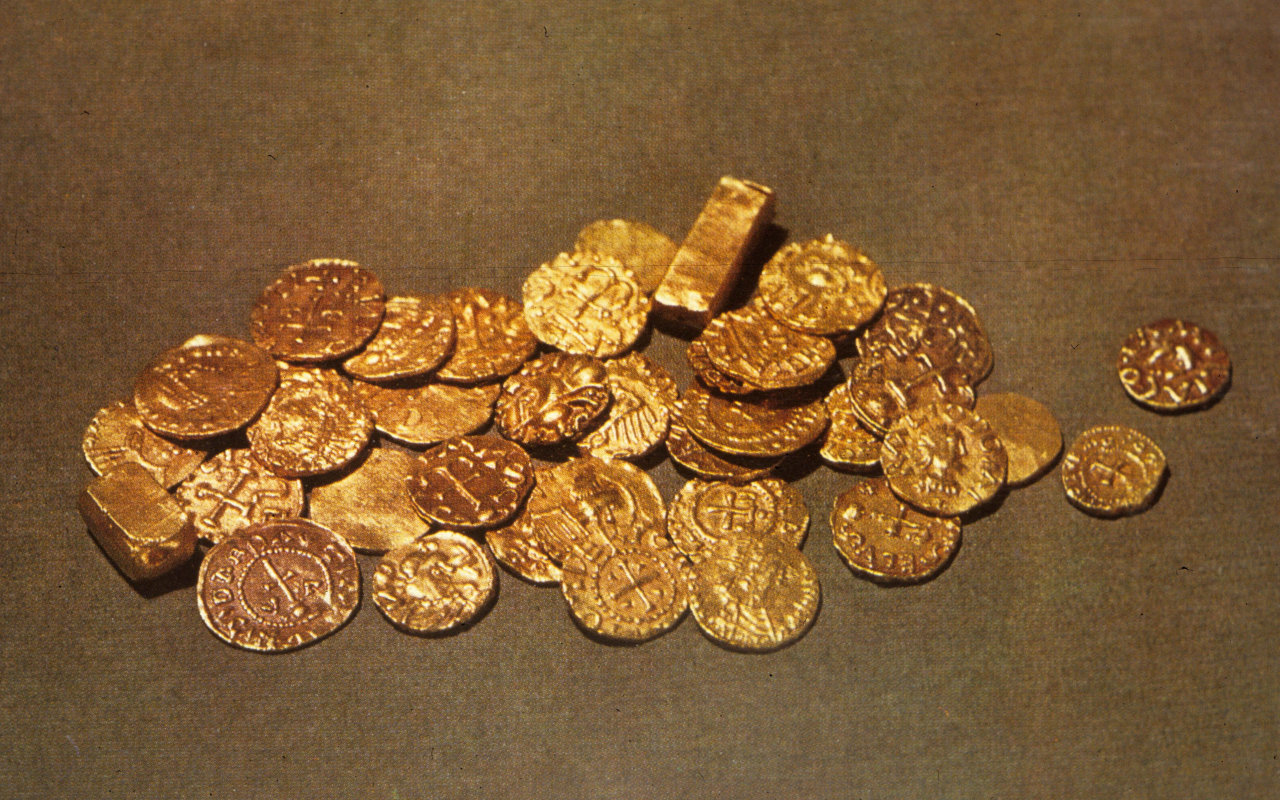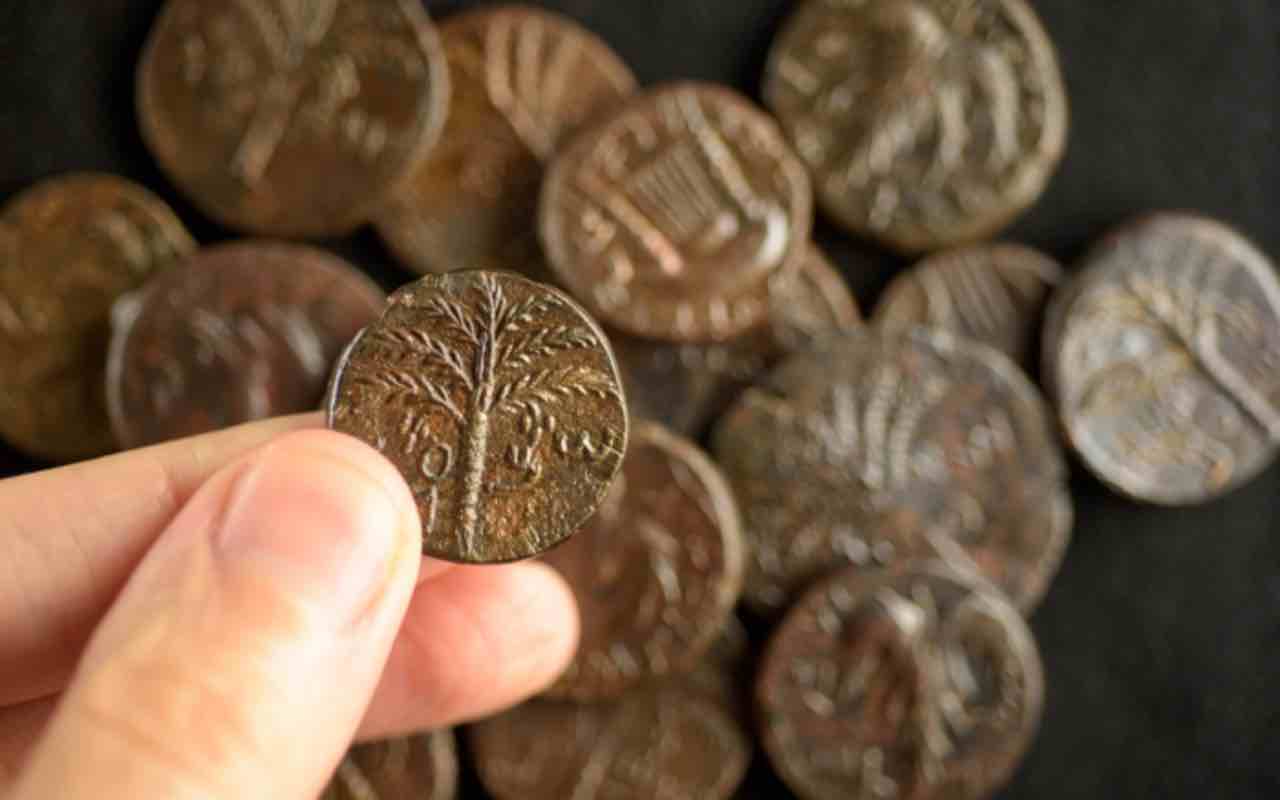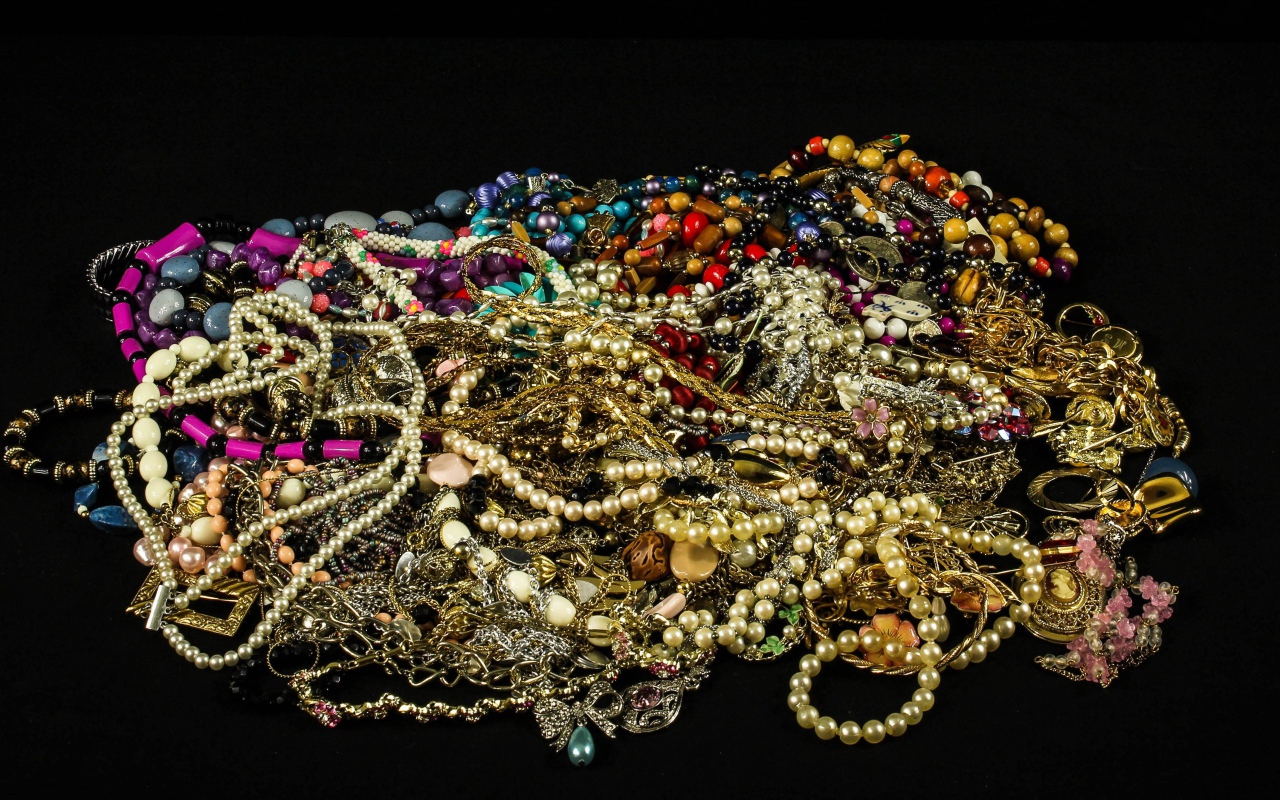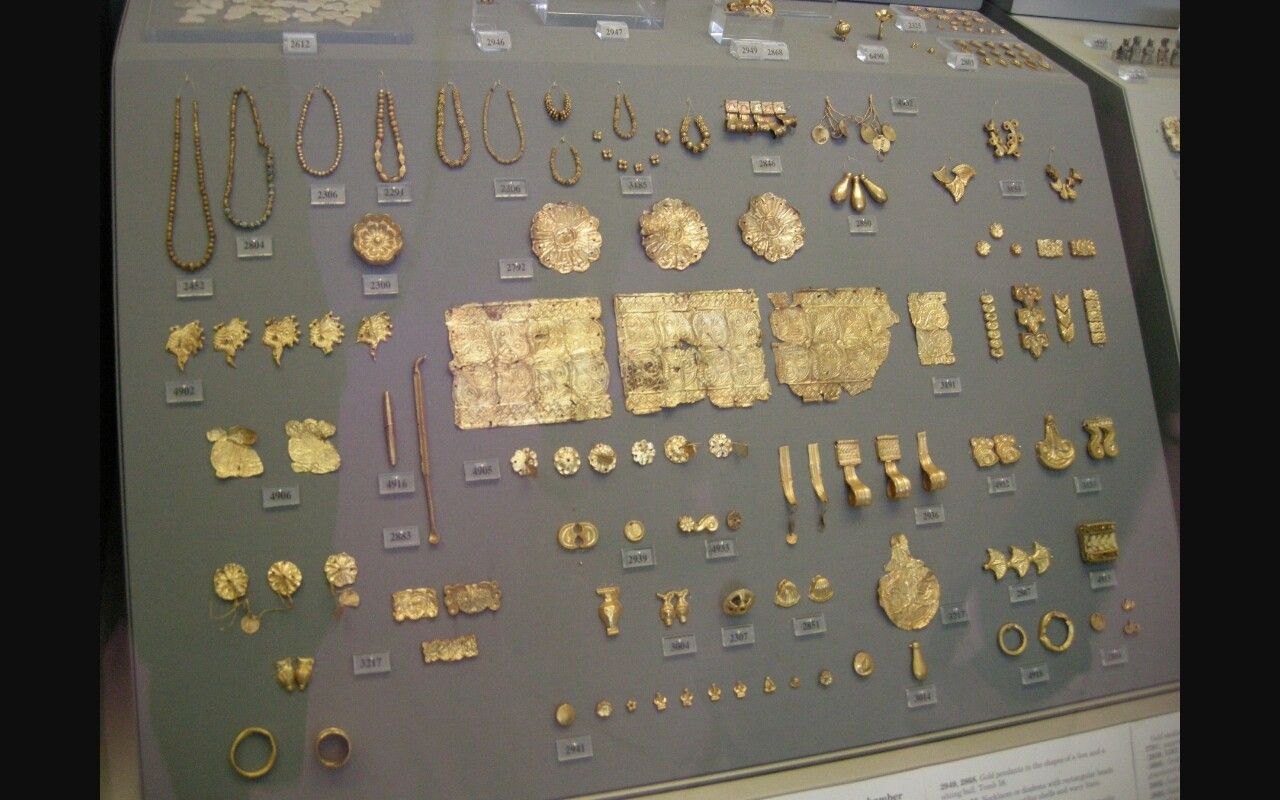Archaeologists have discovered one of the greatest Byzantine treasures ever found in Israel at Susita: gold coins, pearl earrings and a history of war, faith and destruction.
On a hill in northern Israel overlooking the Sea of Galilee, a metal detector began to beep frantically. They could not have imagined what they were about to find. What seemed like a routine check in Susita National Park (or Hippos, as it was called in ancient times) turned out to be one of the most stunning archaeological discoveries of the decade: a 1,400-year-old Byzantine hoard comprising nearly 100 gold coins and fragments of exquisite jewellery encrusted with pearls and semi-precious stones.

Byzantine treasure
The discovery took place in July 2025, when Eddie Lipschitz, an experienced metal detectorist and member of the Haifa University (Israel) archaeological team, detected a strong signal near a large stone located between two ancient walls. The device seemed to go crazy: it was clear that this was not a random find, but a real treasure.
After Lipschman’s initial discovery, archaeologists led by Michael Eisenberg and Arleta Kovalevskaya from the Zinman Institute of Archaeology quickly confirmed that this was indeed one of the largest Byzantine treasures ever found on the Israeli mainland. Among other artefacts, they discovered a large number of gold coins.
Imperial coins and jewels fit for a queen
In particular, up to 97 gold coins were found on the slopes of the Golan Heights near the Sea of Galilee, hidden during the period from the reign of Emperor Justinian I (518–527 CE) to the early years of Emperor Heraclius (610–613 CE). Among them were solidi, semissis and tremissis (a coin created by Theodosius I) made of pure gold. Some coins even had traces of fabric, suggesting that they were wrapped in a linen or silk bag.

One of the most valuable specimens is an extremely rare tremissis minted in Cyprus in 610 during the rebellion of Heraclius the Elder and his son against Emperor Flavius Phocas. This coin is so valuable because, according to numismatist Danny Sion, only one such coin has been found in Israel.
As for jewellery, archaeologists have discovered elegant earrings and gold fragments decorated with pearls, semi-precious stones and coloured glass. According to experts, the quality of the gold items is exceptional, so much so that these samples could serve as a source of inspiration for the creation of modern jewellery based on this Byzantine treasure. The Haifa University team is currently planning to conduct a detailed study of each of the coins and items found.
Hippos: a Christian city between faith and fire
Susita, also known by its Greek name Hippos (meaning ‘horse’), was a city founded by the ancient Greeks in the 2nd century BC, which later became an influential Christian centre during the Byzantine period. At its peak, there were at least seven churches here, as well as a bishop’s residence, making the city an important Christian centre of the time.
But in 614, the city was shaken by the invasion of the Sassanid Empire (Persians), which devastated many Christian cities in the region, including Sussita (or Hippos). In the context of this war, it is not surprising that this precious treasure was hidden to avoid looting by the population.

Remains of a world that has already disappeared
What makes this treasure special is not only its material value, but also the historical moment in which it was placed. This was a time of tremendous change in the region.
After the Persians left, the Byzantines briefly regained control of the territory until Muslim forces finally conquered Palestine in 636. The city was finally abandoned in 749 due to a devastating earthquake measuring 6.5 on the Richter scale, which claimed the lives of thousands of people and destroyed thousands of buildings. The earthquake affected not only Sussita: Tiberias, Beit She’an and Pella were also destroyed.





